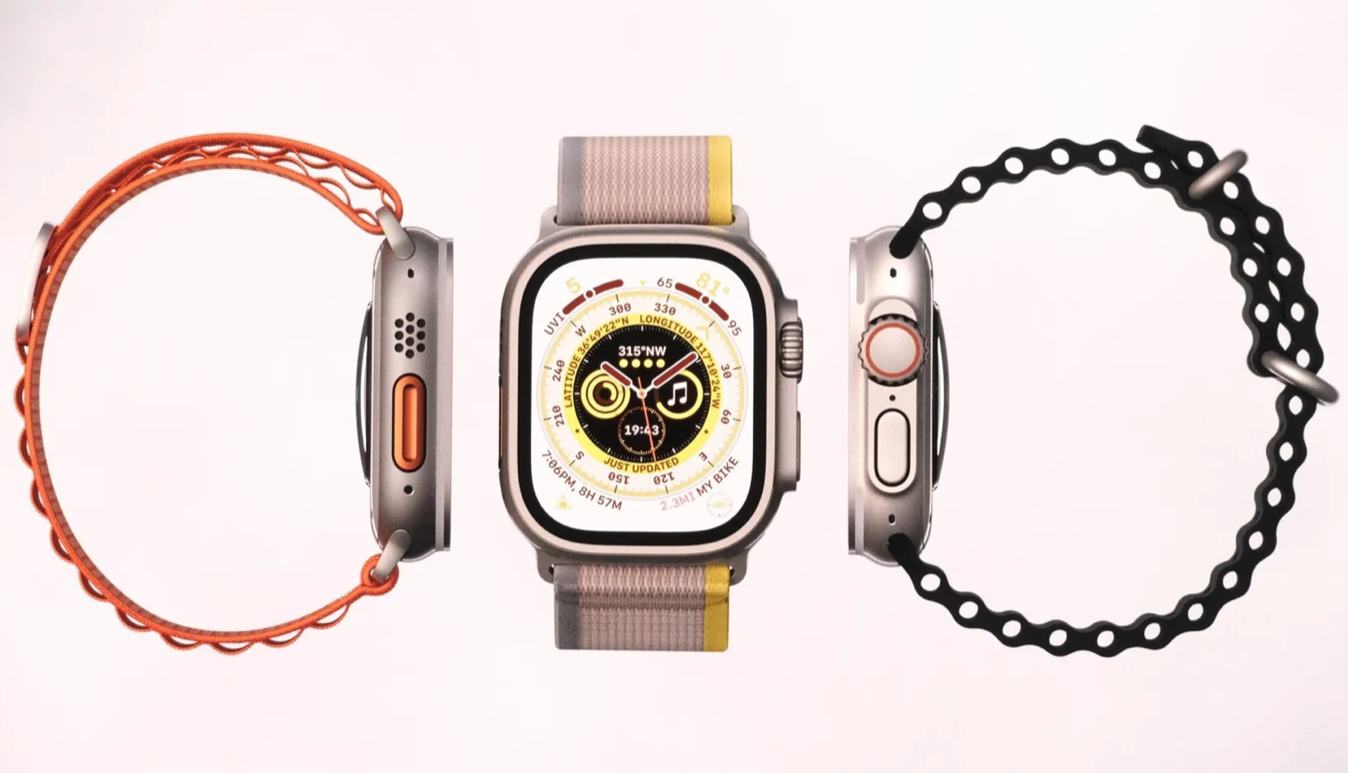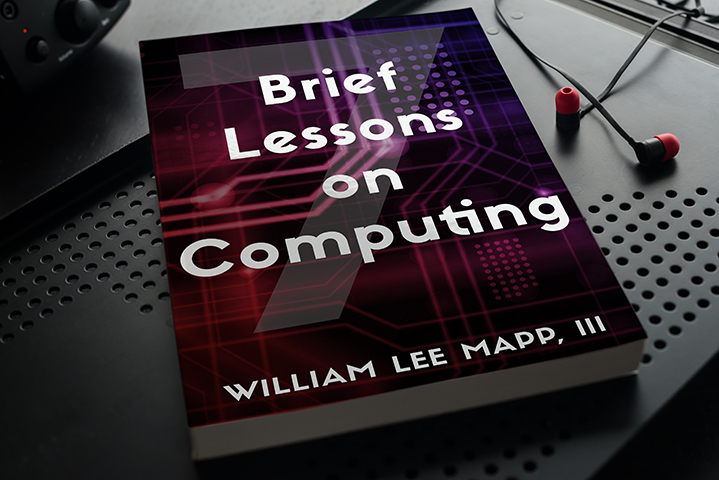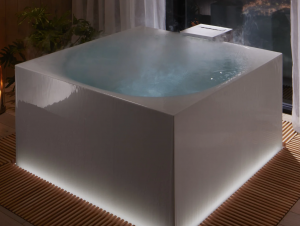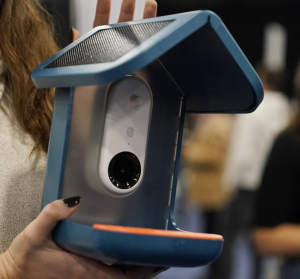I didn’t become an Apple fanboy until I began programming for the platform. Apple has a knack for crafting beautiful products while making things that just…work. The internals are just as beautifully designed as the externals, and this week’s Apple event won’t disappoint fans.
Cruise on down to your local Internet and plug in to listen to me, Mark Starling, John, and the First News 570 crew. This week’s hot and fresh tech news: Apple watches, Apple phones, and China. You can listen to me and Mark Starling point and laugh at all things tech every Thursday at 643 am ET live on the radio or the iHeartRadio app.
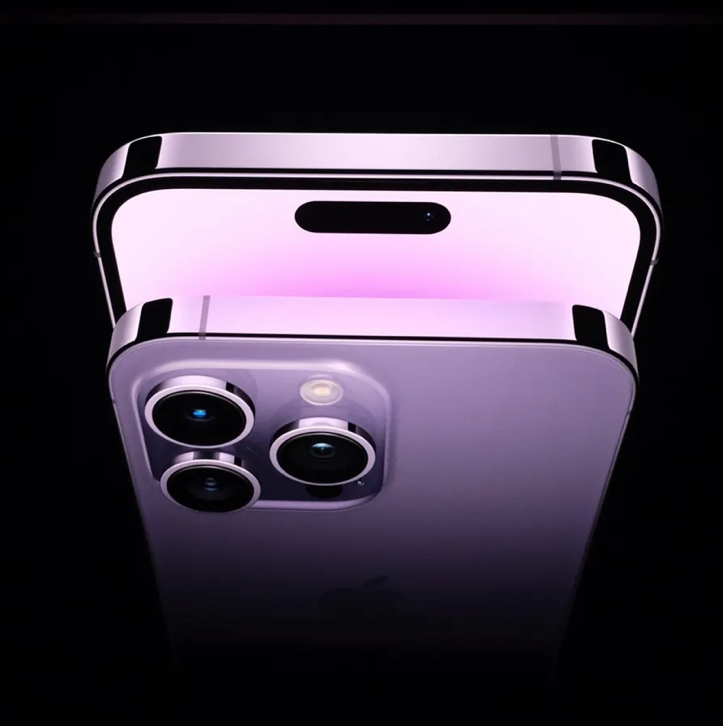
Today’s Top Tech News is a distillation of yesterday’s biggest news. Apple went big on the Watch at yesterday’s event while reserving some time for the iPhone 14. Anncouncements for a new SE model at a $30 less price point, new applications, and new Apple Watch Ultra.
APPLE PUSHES IN PREMIUM WATCH TERRITORY WITH ULTRA
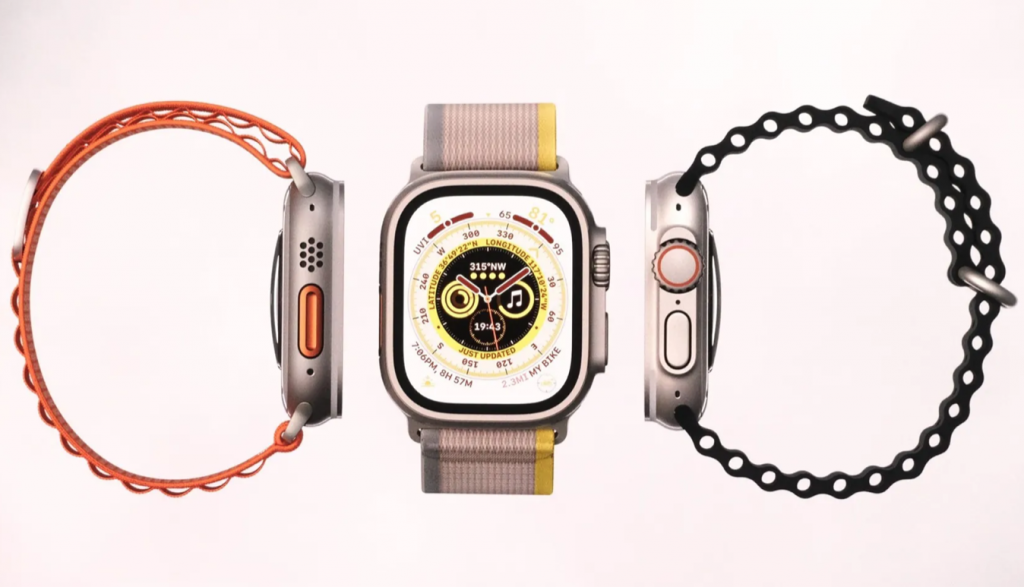
Apple introduces the Apple Watch Ultra. The Ultra has a more rugged case design featuring titanium and sports a sapphire crystal which is normally used for higher end, diving watches. The device also features a new Action button which can be tied to a special feature like compass tracking, workouts, backtracking, or way-finding. The screen is larger at 49mm and brighter at 2,000 nits. All Ultra watches come with cellular capability and can last a whopping 36 hours on a single charge. Apple says the watch will have enough charge for athletes to complete a triathlon, 2.4 mile swim, 112 mile bike ride, and a full 26.2 mile marathon. For real, for real. I love my Apple Watch even though I wear a chronometer. At $799 it’s a bit pricey for an electronic watch, but I can’t see I don’t want one.
Apple has also announced a new SE model that clocks in at $249 a $30 reduction which is great during these inflationary times. The SE is 20% faster and can be paired with a parent’s iPhone for those who have children.
The new Apple Watch Series 8 features a temperature sensor, and an improved period and ovulation tracking app. The new app gains more accuracy from using the new temperature sensors on the device. This works because the body’s temperature changes throughout the menstrual cycle. Additionally, the new software tracks abnormal changes in a woman’s cycle which could be a signal for fibroids or polycystic ovary syndrome.
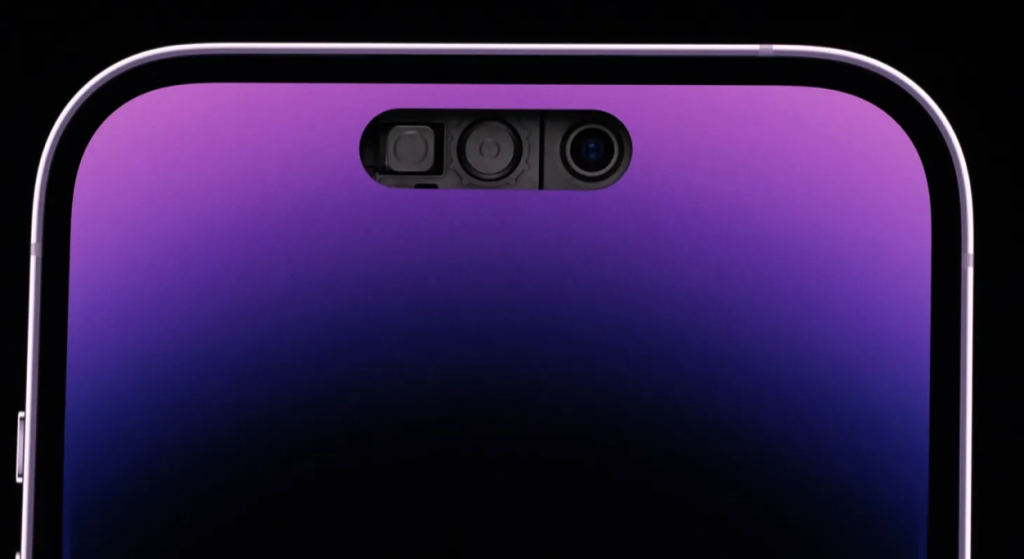
Yesterday also saw upgrades to the iPhone. Apple announced the iPhone 14, 14 Pro, and 14 Max. The iPhone 14 looks a lot like the iPhone 12 with a notch. The notch houses the front facing camera and sensors used for facial unlock. The iPhone 14 Pro will come with 6.1 and 6.7 inch screens and has replaced the notch with a pill design that exposes the front facing camera and facial unlock sensors. The proximity sensor has moved behind the display itself now, and Apple has purposed screen real estate beside the pill for notifications and small alerts. iPhone 14 Pro and Max will also feature always on screens with a dimming mode during low battery.
The iPhone 14 will NOT ship with Apple’s latest and faster mobile processor. The iPhone 14 Pro and Max will get Apple’s A16 chip. The chip shortage has been cited as a factor.
Oh. The camera bulge is still there.
Pre order starts on the 9th. Available on September 16th. $999 for the Pro, $1,099 for the Pro Max.
CAN’T BUILD BIG TECH IN CHINA USING US MONEY
If there was ever a policy I was for and against at the same time, it’s this one. It’s a bit of a head scratcher. The US is banning big tech firms from building factories in China if they’ve received US government money. The legislation is part of the newly forged CHIP Act used for reinvigorating stateside innovation and lowering reliance on China. The US and China are locked in a fight for the future when it comes to technology. The two countries are competing for the top spots in Quantum and Super computing, most smart devices are built in China, and most silicon (chips) are manufactured in China. In a very real sense, US technology companies helped Chinese technology infrastructure by virtue of being there. The Chinese government has been a long proponent of IP theft and seldom holds up claims when Chinese companies steal a US technology. Many US companies hold their design shops over here and use China to make cheap stuff. The Chip Act was designed to bring a lot of that back to the United States by encouraging new semiconductor manufacturing (not just design) in the US. Why am I hesitant? For a number of reasons. We’re an expensive economy. There’s a reason why Big Tech companies reap huge profits. It’s cheap as Hell to make iPhones in China. Also, semiconductor manufacturing is a very harmful process to the environment. The waters in Chinese territory located near these factories are nasty. Purple clams and oysters are a known thing over there.
Stay Tuned!
The Cloud Podcast’s next episode will be on STEM education. We’re going to explore the latest trend in pushing STEM on students and if that’s a good long term strategy. Subscribe and listen in.

